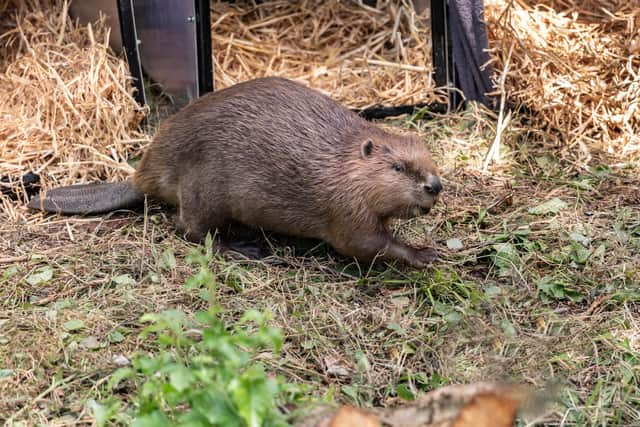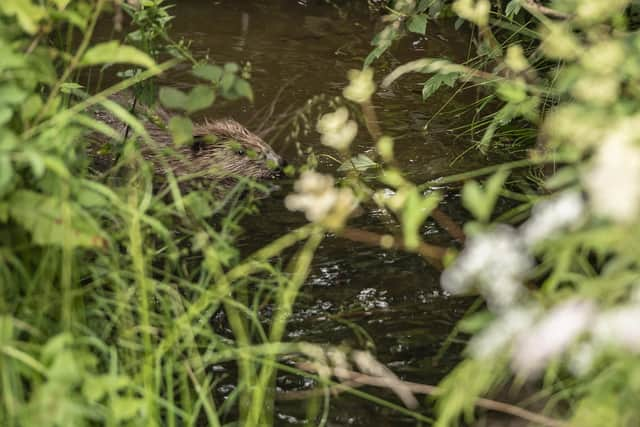Beavers released on Wallington Estate to reduce flood risk and boost wildlife
and live on Freeview channel 276
The creatures – known as ‘nature’s engineers’ – were once a mainstay of British rivers, but became extinct in the 16th century due to being hunted for their fur, meat and scent glands.
In recent years they have been reintroduced at a growing number of sites in Britain – the latest being the Wallington Estate. Previously, they have been successfully released on Exmoor (2020) and the South Downs (2021).
Advertisement
Hide AdAdvertisement
Hide AdThe two adults and two young have been relocated from the River Tay catchment in Scotland, and will make their home in a 24-hectare fenced enclosure on a tributary of the River Wansbeck.


Paul Hewitt, countryside manager at the National Trust, said: “Much as they did centuries ago, these instinctive animals will engineer the landscape, creating a dynamic system of dams and ponds that, over time, will become a lush wetland, brimming with life.
“If we are to make sure those amazing natural spectacles don’t become a thing of the past, we have to create space for wildlife to thrive. Beavers are a fantastic tool to help us do that; where they go, fish, insects, birds and amphibians follow.”
Beavers can also lessen the effects of climate change and extreme weather, both by slowing the speed at which water runs through a catchment, and therefore reducing flood risk, and by creating habitats that hold water in the landscape during times of drought.
Advertisement
Hide AdAdvertisement
Hide AdMr Hewitt continued: “Extreme weather has left its mark on this part of the country in recent years, and as we increasingly face into the effects of climate change, we need to find ways of making this landscape more resilient and benefiting the people who live and work in the area.


"Along with interventions like increasing tree cover, planting hedgerows, and restoring peatlands, we believe beavers can be part of the solution.”
Regular monitoring and fixed-point photography will map changes to the ecology and hydrology of the site, including the effects the beavers have on the flow of the river, which is prone to flash flooding.